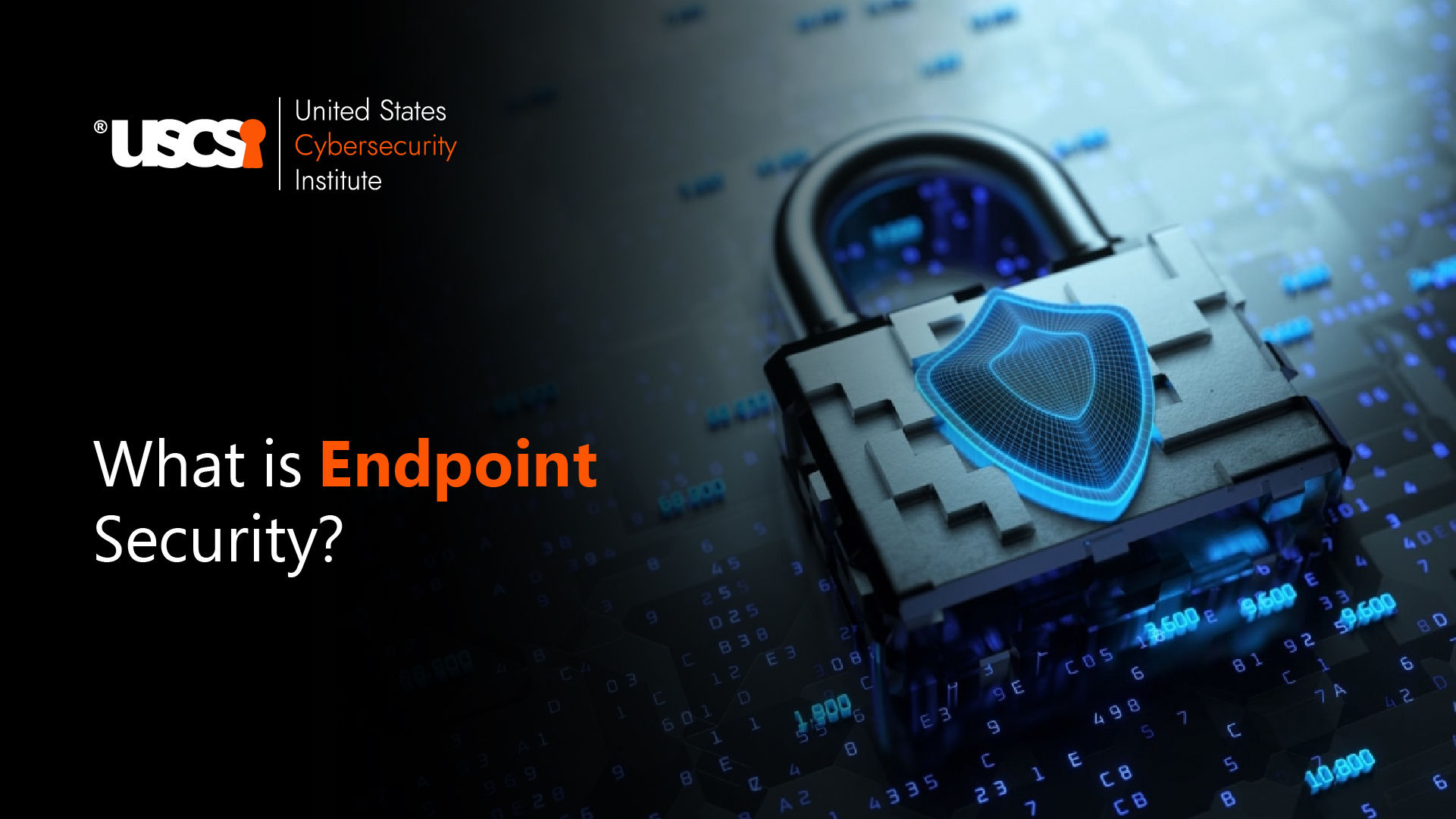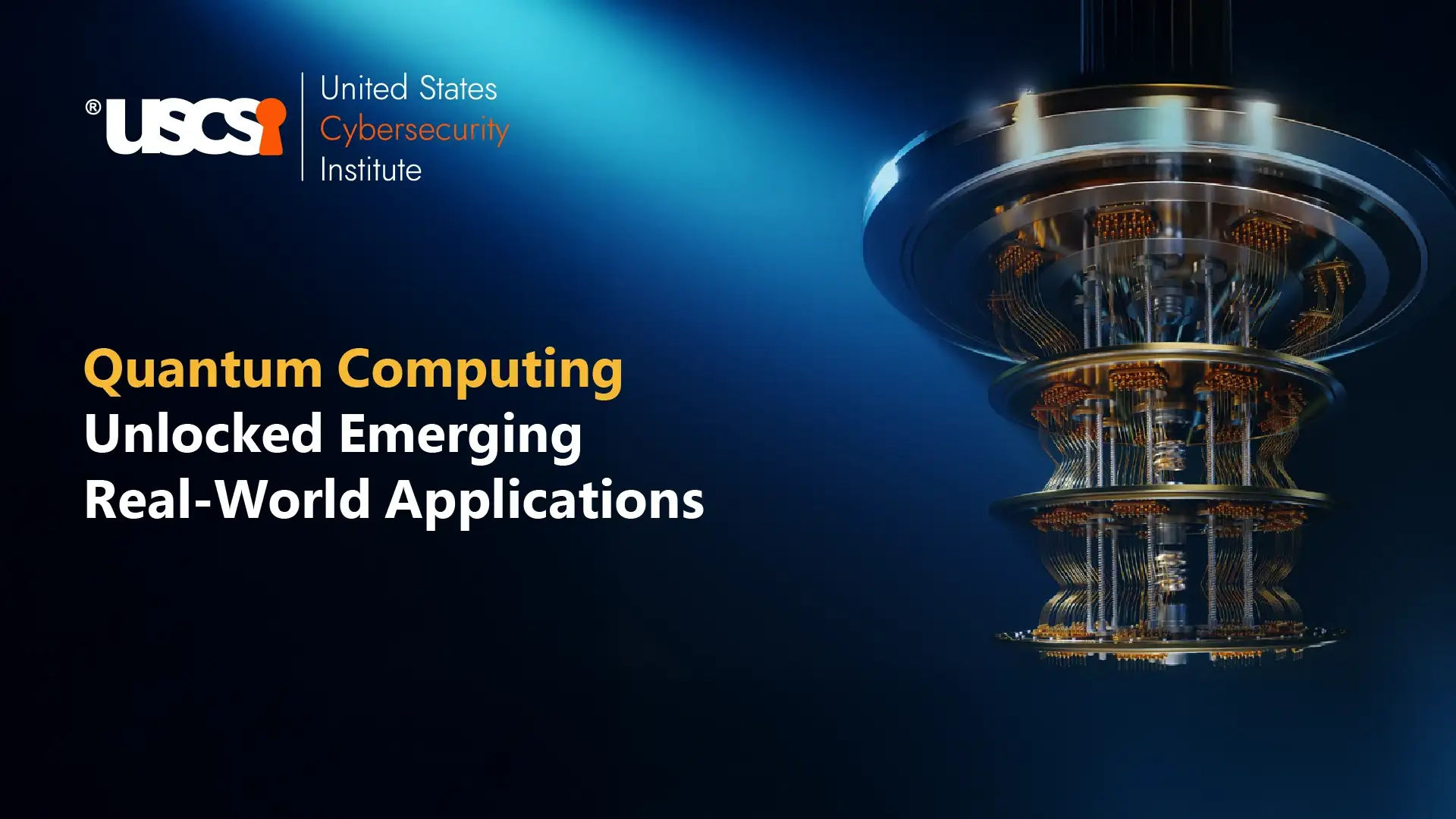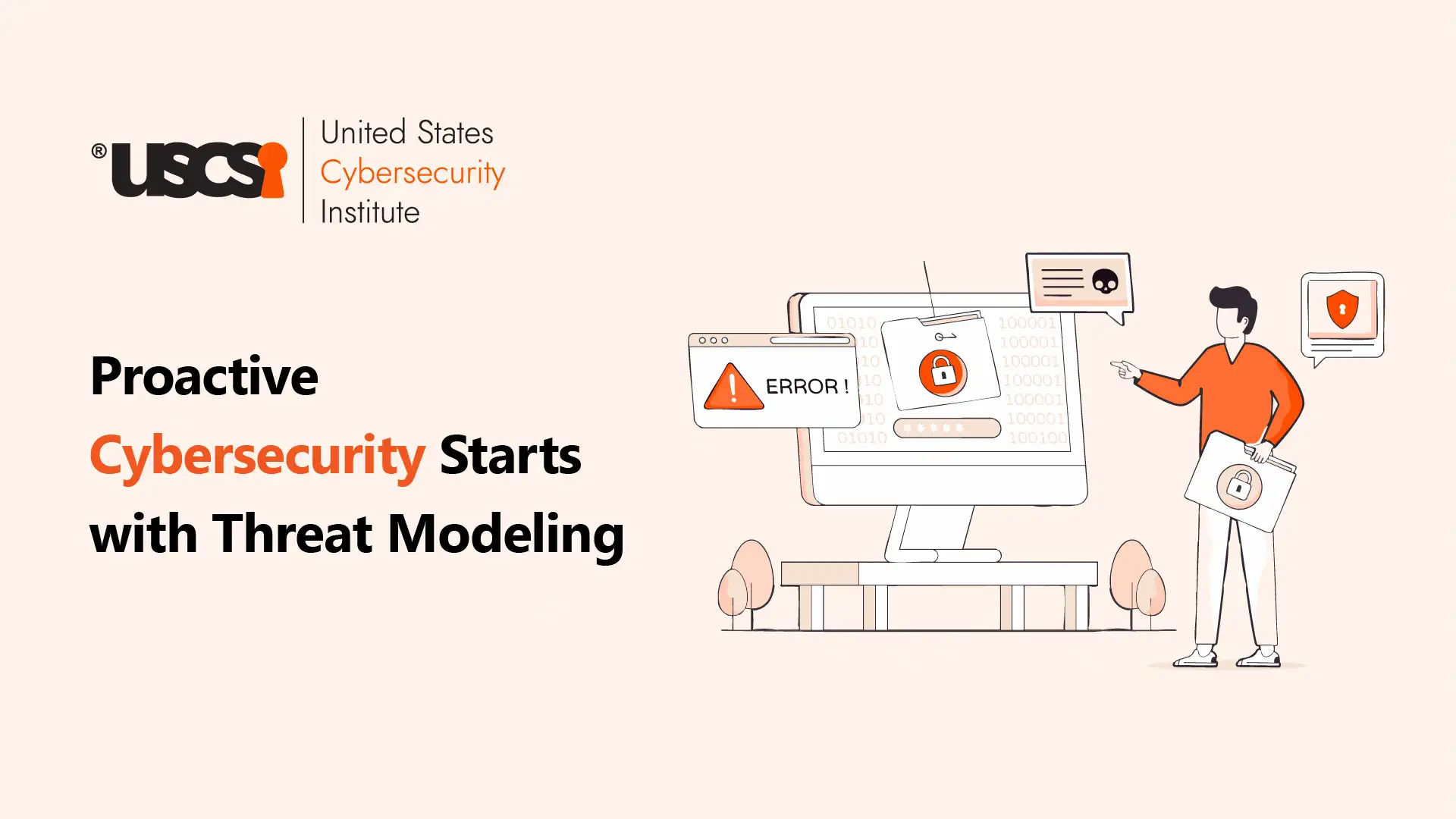

The Evolution of Endpoint Security in the Age of Cyber Warfare
In the daily warfare between malicious cyber actors and their opponents clash in cyber warfare all over the world endpoint security, as medieval poets would probably call endpoint security “the vigilant sentinel guarding the gates” – of our interconnected digital worlds, of course. Akin to the immune system of the digital organism that we call the modern enterprise today, consider endpoint security as the antibodies that identify, neutralize and remember past security threats, ensuring the health and continuity of business operations in an increasingly growing environment.
We live in an age where personal and our digital lives have blurred. In the same way, the concept of a secure, well-defined network parameters has become as outdated as a flip phone, and the proliferation of BYOD (at the workplace) and IoT devices have turned, let’s face it, has converted every potential entry point of cybercriminals into a network.
The concept of endpoint security, has, therefore, evolved from a nice-to-have skill to a mission critical component of any robust security strategy.
Modern End Point Security – The Anatomy of It All
Modern End Point Security tools are akin to sophisticated beasts, a completely breed from their antivirus ancestors. They are comprehensive EPP (Endpoint Protection Platforms) which combines layers of defense to create a holistic shield around each device. Let’s dive deeper into what makes an endpoint security system:
- NGAV - The core of any endpoint security solution is the evolved form of traditional antivirus software. Any NGAV employs advanced techniques like machine learning, behavioral analysis, and cloud-based threat intelligence to identify and neutralize unknown threats. Unlike its predecessors, NGAV can also detect zero-day exploits and fileless malware.
- EDR – End Point Detection and Response acts as the watchful eye and quick reflexes of end point security. Continuously monitoring endpoint services, it collects, analyzes and detects suspicious behavior, upon detecting a threat, EDR springs into action, isolating effective endpoints, initiating automatic responses and providing cybersecurity specialists with forensic data.
- Data Loss Prevention – If data is the new oil, DLP is the sophisticated pipeline preventing any leaks in it. It monitors and controls data at all stages, making sure that sensitive information doesn’t fall into the wrong hands The policies of DLP are as granular as they can be, preventing specific file types from being emailed or blocking copy-paste for certain documents.
- Application Control – Basically a bouncer at your data science nightclub, Application Control and whitelisting decides with applications get the VIP treatment and which ones are left out in the cold. By reducing the attack surface, it can significantly prevent malicious from getting a foothold in the network.
- Encryption – One of the oldest security tricks in the book of security and protection ever invented is well and hearty. Encryption of data scrambles sensitive data to the extent like it sounds like noiseless garbage to everyone else. Full Disk encryption and File Level Encryption work in tandem with each other to protect data both at transit and at rest.
- Network Access Control - NAC can be considered by technologists to be the strict border control of the cybersecurity world. NAC ensures that only devices meet specific security criteria are allowed to connect to the network.
Latest Trends and Buzzwords – The Future of EDR
- AI/ML – Artificial Intelligence and Machine Learning are not just buzzwords in end point security. They are the very brains of the operation.
Benefits – predictive threat detection, automated incident response and continuous learning from new attack vectors, all of this in real time.
- Cloud Native Endpoint Protection – With the exodus of businesses to the cloud, end point security is following suit.
Benefits – Scalability, real-time updates, and the ability to protect endpoints regardless of their physical location.
- XDR – Xtended Detection and Response – XDR takes the concepts of end point security and spreads it among the entire IT ecosystem.
Benefits – With the correlating data from endpoints, networks, cloud workloads and applications, XDR provides a holistic view of the security landscape of the organization.
- Zero Trust Architecture – Zero Trust Architecture assumes on the principle that “never trust, always verify”.
Benefits – continuous validation of every device within the network, user and application before they are granted resources. Think of it like even the CEO, having to go through the front gate security every time he has to reach his office.
- Behavioral Biometrics – Behavioral biometrics analyze pattern in employee activity to continuously verify user identity.
Benefits – analysis of keystroke dynamics, mouse movements, or even how a user holds their mobile devices. Think of it as having a digital psychologist by your side at all times, analyzing and opining on every interaction to verify authenticity.
The Arms Race to The Top
As have cybersecurity endpoints or the use of AL/ML to prevent bad actors, both sides of the race are zooming past each other with technologies and tactics that make chess like a kid’s game. The latest emerging trends in the ‘race to the top’, with both malicious actors and the specialists trying desperately to outdo each other.
Some recent advancements include –
- Fileless Malware – This insidious form of malware resides in the system’s RAM, without giving any hint of presence on the disk hard drive.
- Polymorphic Malware – A digital shape shifter, literally, polymorphic malware constantly changes its code to avoid detection. With every replication, it alters its appearance without compromising on its malicious functionality.
- AI- powered Attacks – The advent of AI is ubiquitous and it is present in the cybersecurity world too. As the defenders deploy sophisticated AI models, so do the attackers. Exploiting human inefficiencies, they can launch coordinated attacks that overwhelm traditional security measure that have been at the forefront till now.
- Supply Chain Attacks- There is no greater example of Supply Chain Attacks in recent history than the Solar Winds breach of 2020. In supply chain attacks, attackers target lesser secure elements in a company’s supply chain. EDR needs considerations beyond the organization’s immediate boundaries to mitigate this threat.
The Human Element: The Strongest Link or the Weakest?
While EDR has its functionalities and perks, the human element remains the most vulnerable and potentially the most powerful components of any cybersecurity strategy. Social Engineering attacks continue to be a problem for the common man every day. This is where the needs for cybersecurity specialists become crucial. The demand for cybersecurity professionals has never been higher, leading to a growing need for industry standard globally accredited certifications, and renowned institutions like USCSI®. These certifications validate the expertise of the professional to navigate the complex world of end point security as well as other malicious threats.
In this high-stakes digital game, professional cybersecurity certifications are not just résumé enhancers; they are essential credentials in the fight against cyber threats. They represent a commitment to continuous learning and adaptation in a field were standing still means falling behind.
As we navigate the treacherous landscape of cyberspace, our endpoints – the laptops, smartphones, and servers that comprise the perimeter of our digital fortress – have become the frontline in a war against an insidious enemy: cyberattacks. The nefarious agents of chaos, from nation-state actors to rogue hackers, seek to breach our defenses and pilfer our most prized possessions: data and intellectual property. In this high-stakes game of cat and mouse, endpoint security has emerged as the linchpin of our cybersecurity strategy.
The Anatomy of Endpoint Security
At its core, endpoint security is a multifaceted discipline that converges on a singular objective: to shield our endpoints from the ravages of cyber threats. This is achieved through a synergy of cutting-edge technologies, including:
- Endpoint Protection Platforms (EPPs): The sentinels of our digital realm, EPPs integrate a suite of security tools – antivirus software, firewalls, intrusion detection systems – to provide comprehensive protection against malware, ransomware, and other cyber threats.
- Endpoint Detection and Response (EDR): The eyes and ears of our security operations, EDR solutions employ advanced analytics and machine learning to identify and contain threats in real-time, mitigating the risk of lateral movement and data exfiltration.
- Managed Security Services (MSS): The cybersecurity specialist's Swiss Army knife, MSS providers offer a bespoke suite of services – threat intelligence, incident response, security consulting – to augment our defenses and ensure compliance with regulatory requirements.
The Urgent Call for Cybersecurity Certifications
As the stakes escalate, the demand for skilled cybersecurity professionals has reached a fever pitch. To combat the scourge of cyberattacks, we require a legion of trained warriors, armed with the latest knowledge and expertise.
In conclusion, the imperative for robust endpoint security has never been more pressing. As we pivot into an era of unprecedented cyber threats, our collective security hinges on the adoption of cutting-edge technologies, the cultivation of specialized expertise, and the recognition of endpoint security as the last line of defense in our digital war against cyberattacks. The clarion call for professionally certified cybersecurity specialists has never been more urgent. Will you answer?





